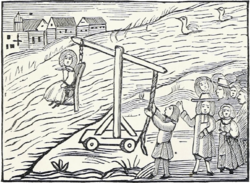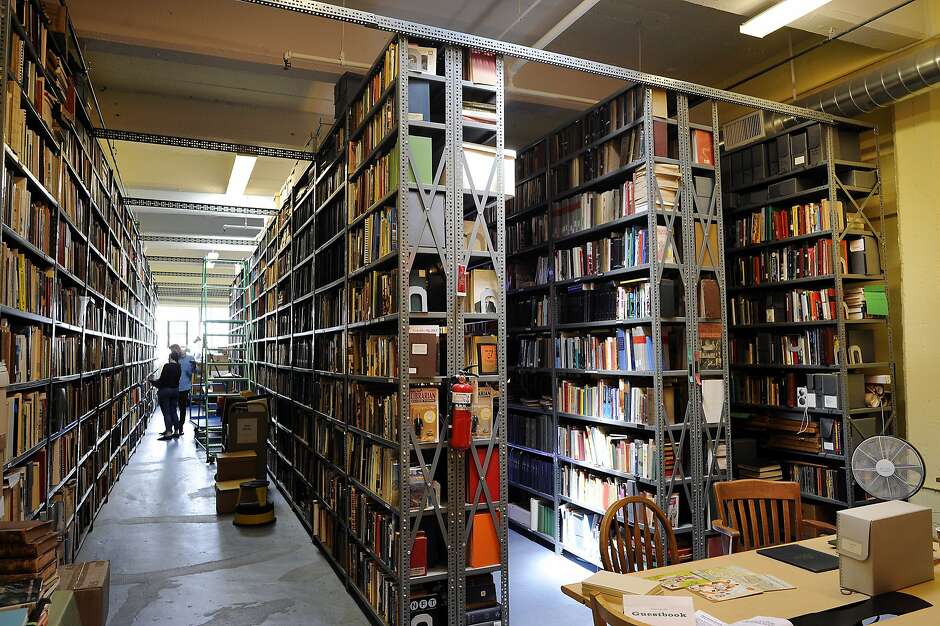When travelling, I find that libraries can be useful and attractive sanctuaries. They are usually quiet and comfortable places. More importantly, they have restrooms. Although Starbucks may have adopted an open access policy, I generally find that commercial establishments are not likely to welcome you and smile when you ask to use the facilities.
Here are three libraries you don’t really need to visit since they are located in surroundings that are already peaceful and beautiful and fully equipped with plumbing. Given that you won’t need them and that they are not immediately obvious you are likely to overlook them. You shouldn’t.
VanDusen Botanical Garden
Located in Vancouver, B.C. you will find this beautiful spot occupying over 50 acres. For more details visit this link. If it is raining heavily, seek refuge in the Library which is just past the gift shop.
1. Yosef Wosk Library and Resource Centre
"Founded in 1976, and relocated to the new Visitor Centre in 2011, the Yosef Wosk Library and Resource Centre is the largest public access botanical and horticultural library in western Canada.The library’s collection focuses on gardening in British Columbia and the Pacific Northwest, and covers a wide range of topics including gardening techniques, selecting and growing ornamental plants, native floras from around the world, vegetable and herb gardening, pruning and training, North American ethnobotany, butterfly gardening, native plant gardening, flower arrangement, plant hunters, garden history, pests and diseases, garden design, gardens to visit, horticulture in urban environments, botany and plant ecology, plant conservation, literature in the garden, garden art, organic gardening, environmental science and much more."
The library also displays art work and there are often guest speakers. As you know, I am a fan of periodicals and you will find in this library: The Fiddlehead Forum, Bulletin of the Fern Society and the Conifer Quarterly. Here is the link.
If you are really interested in such libraries and want to know if there is one in a city you are planning to visit see: The Council on Botanical and Horticultural Libraries.
The answer to the question, "Who is Yosef Wosk?" is not easily found on the site. But, one does find the answer elsewhere in Vancouver, over at Simon Fraser University. Dr. Wosk deserves a picture which is provided below:
"Every great library has a circle of friends and supporters who help it grow and flourish.
Dr. Yosef Wosk exemplifies what it means to be a very good friend. He has supported hundreds of libraries—fledgling and established; urban and rural; public, private and academic—in British Columbia and around the world. Yosef, who is the director of Interdisciplinary Programs in Continuing Studies at SFU, was awarded the Keith Sacre Library Champion Award from the British Columbia Library Association in 2006 in recognition of his work with Libraries Across Borders.
SFU Library has benefited greatly from Dr. Wosk’s philanthropy. In the 1990s, Yosef and his father helped bring a significant collection of Aldine books to SFU’s Special Collections and Rare Books.The Wosk-McDonald Aldine Collection consists of over one hundred rare 16th century tomes published under the imprint of Aldus Manutius. These books, which also feature beautiful bindings from the 16th to the 20th centuries, have added tremendous depth, quality, and tradition to SFU’s holdings."
Crystal Bridges Museum of American Art
2. The Library at Crystal Bridges
This museum is located in Arkansas! It's still worth the trip. For a complete description see this link and also have a look at their blog. The library is a substantial one:
"The Crystal Bridges Library features more than 50,000 volumes pertaining to American art and art history, plus archives containing personal papers and other artist ephemera, and access to several online resources. The Library provides the highest quality of access to resources and services, as well as commitment to the highest ethical standards for privacy, copyright, intellectual freedom, and preservation of information. The Library is located on the Museum’s third floor and is open during all Museum public hours."
When I visited a while back, one of the exhibitions was: Fish Stories: Early Images of American Game Fish. Apart from the displays this book was found in the collection:
"Game Fishes of the United States, one of the largest and most spectacular of American sporting books, was printed in 1879 -1880 at the zenith of late 19th-century American chromolithography. The work, which is included in the Crystal Bridges Library collection, features 20 color plates based on the original watercolor paintings by well-known sporting artist Samuel Kilbourne, with text written by ichthyologist George Brown Goode, head of the fish research programs of the US Fish Commission and the Smithsonian.
“The collection in Fish Stories ranks among the most admired 19th-century color lithography and helps tell the story of American printmaking.” said Catherine Petersen, Crystal Bridges Library Director. “The exhibition provides a unique opportunity for art lovers, anglers, and families to explore distinctly American fish in their natural surroundings, many of which can be found in nearby rivers and lakes.”
The Cornell Lab of Ornithology
Located in Ithaca, New York, you have probably visited the virtual Macaulay Library if you are at all interested in birds.
"The Lab’s Macaulay Library is the world’s largest online archive of natural sound audio and video recordings. The Macaulay Library is the world’s premier scientific archive of natural history audio, video, and photographs. Although the Macaulay Library’s history is rooted in birds, the collection includes amphibians, fishes, and mammals, and the collection preserves recordings of each species’ behavior and natural history. Our mission is to facilitate the ability of others to collect and preserve such recordings and to actively promote the use of these recordings for diverse purposes spanning scientific research, education, conservation, and the arts."
3. The Adelson Library
This real library is worth visiting, particularly if the Lab is full of school children or if it is raining in Sapsucker Woods.
"The mission of the Adelson Library at the Cornell Lab of Ornithology is to provide outstanding and innovative support for the Cornell Lab, and scholarly communities worldwide, by curating and disseminating contemporary and historical resources. It also serves casual visitors to the Lab's Visitors' Center, which is part of the Imogene Powers Johnson Center for Birds and Biodiversity at the Sapsucker Woods Sanctuary in Ithaca, New York. Prior to establishing the Adelson Library, the Lab of Ornithology had built a small reference collection containing approximately 200 volumes. Today the library houses more than 14,000 volumes and continues to expand in terms of both contemporary and historical literature, as well as other resources."




